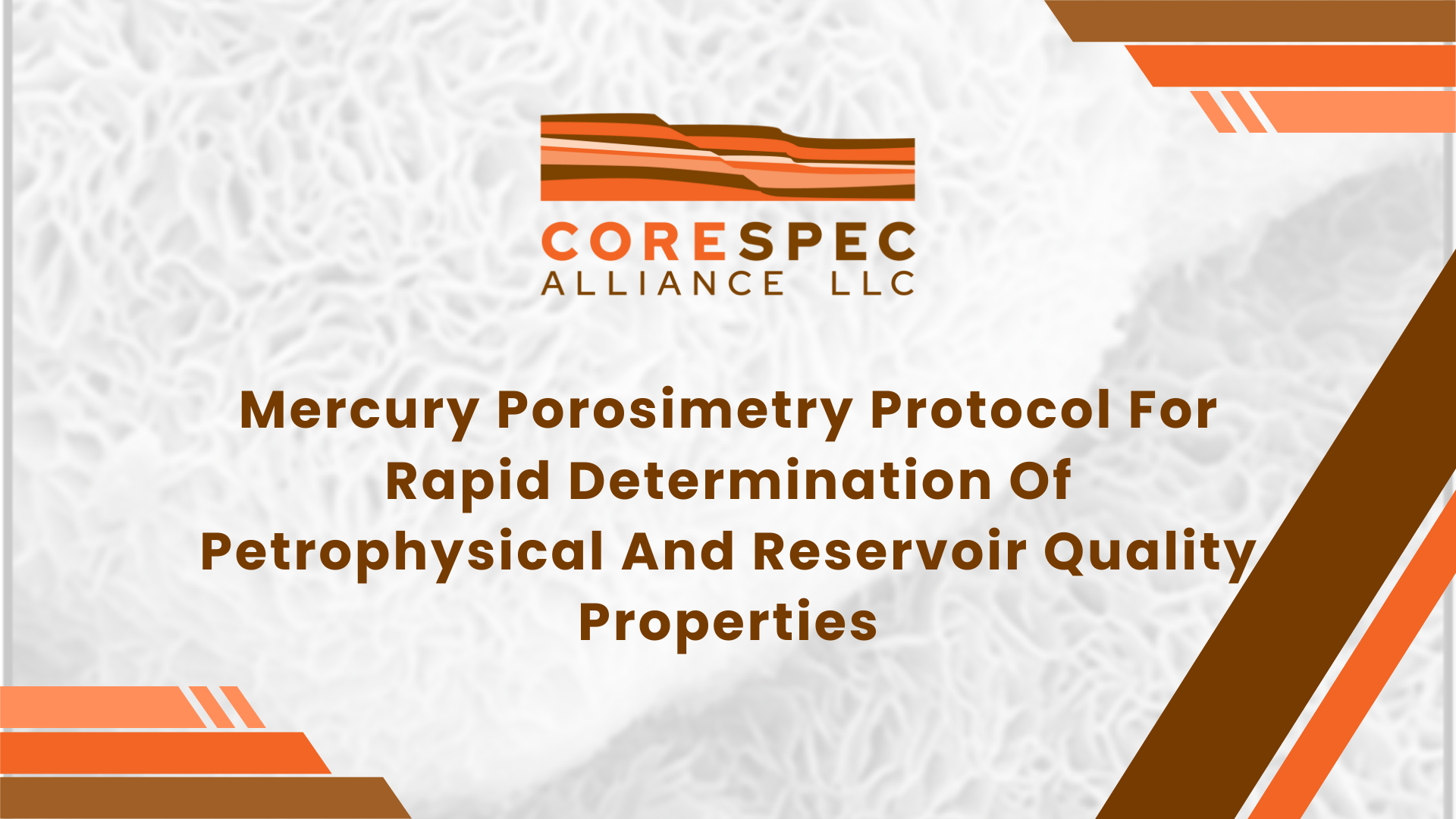MERCURY POROSIMETRY PROTOCOL FOR RAPID DETERMINATION OF PETROPHYSICAL AND RESERVOIR QUALITY PROPERTIES
John Shafer1 & John Neasham2 1 Reservoir Management Group, 2 PoroTechnology
Abstract—Dean-Stark water saturation data can provide an indication of the appropriate Archie parameters to use in early log analysis prior to obtaining centrifuge or porous plate primary drainage capillary pressure and electrical property data. But this is only true if the core water saturation is unaltered during coring and the cored interval is structurally high enough to be above the transitional zone. Alternatively, high-pressure (to 60,000 psia) mercury injection capillary pressure (MICP) can quickly provide drainage capillary pressure properties of samples and assist in early log analysis and reservoir quality assessment. This paper focuses on experimental protocol for obtaining valid MICP data, particularly when dealing with friable-to-unconsolidated sands and compressible high entry pressure clastics and carbonates. Important protocol issues include proper sample preparation for varying sample types, with poorly consolidated sands being radially jacketed with metallic foil and capped with properly sized end screens. Samples should preferably be radially jacketed to obtain 1-D drainage capillary pressure data. High pressure MICP requires a “blank sample” MICP correction data for glass cell and sample grain compressibility factors. High entry pressure compressible samples such as chalks, diatomite, and kerogen-rich carbonates can have apparent MICP-measured porosities significantly less than core porosities. Mercury injection capillary pressure data from representative core sampling can provide a rapid indication of ranges in the various petrophysical and reservoir quality properties of the various lithologies. This preliminary “screening” will also assist in the optimization of follow-up special core analysis program involving significantly greater measurement costs and completion times


No Comments